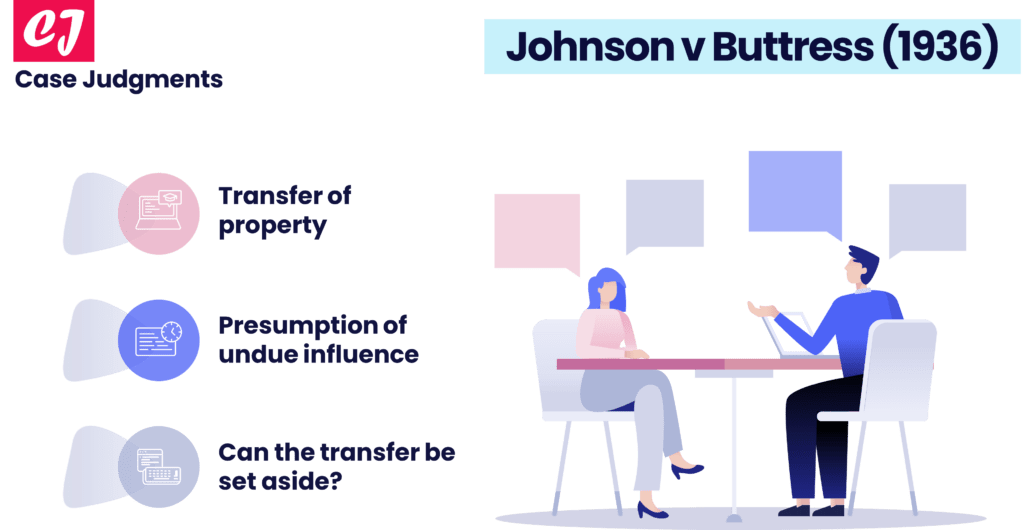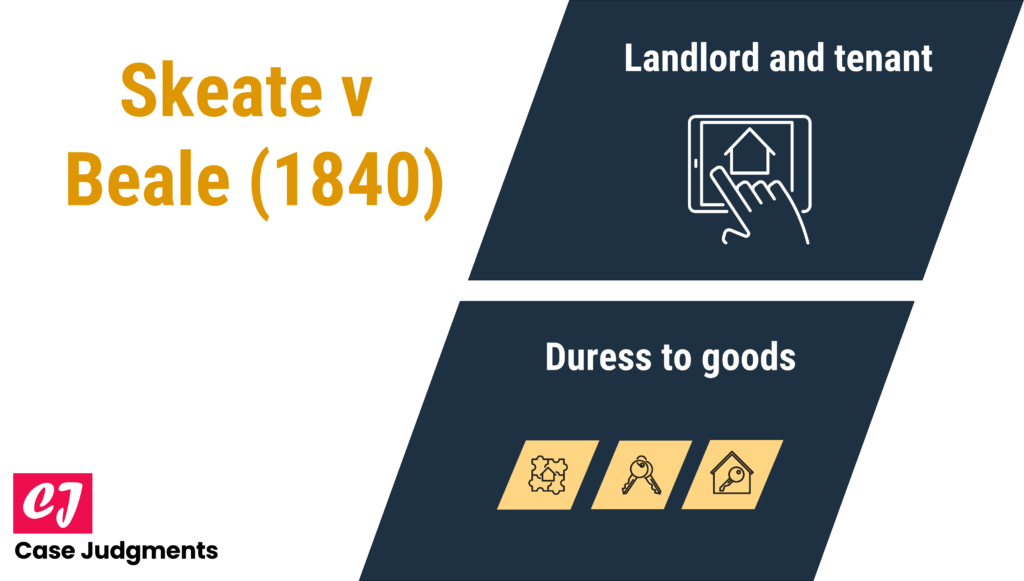
A Quick Summary of Barry v Davies [2000] Case
Case name & citation: Barry v Davies (t/a Heathcote Ball & Co) [2000] 1 WLR 1962 (CA)
Court and jurisdiction: Court of Appeal, England & Wales
Decided on: 27 July 2000
The learned judge: Sir Murray Stuart Smith LJ
Area of law: Auctions (and individual items) advertised without reserve
What is the case about?
Barry v Davies is an English contract law case that throws light on the obligation of an auctioneer to sell the goods to the highest bidder (regardless of the bid amount) in an auction without reserve.
Case facts (Barry v Davies)
The plaintiff had placed the only bid for two engine analysers at an auction without reserve, of £200 each. The auctioneer decided not to sell the engine analysers after receiving this bid because it was deemed too low (on the basis that each machine was worth approximately $14,000). As a result, the engine analysers were removed from the auction. A couple of days later, they were sold in a private transaction for the price of £750 each.
Since he was the highest bidder at an auction without reserve, the plaintiff filed a claim for damages, alleging that the auctioneer had breached a contract. The plaintiff sought damages in the amount of £27,600, which was calculated as the difference between the value of both machines, which was £28,000, and the total amount of his bid, which was £400.
Issue
The issue was whether holding an auction without a reserve price constituted a legally binding offer to sell the goods to the highest bidder.
Judgment of the Court in Barry v Davies
The auctioneer was held liable. The highest bid could not be turned down solely on the grounds that it was not high enough.
Sir Murray Stuart Smith LJ conformed his viewpoint to that held by the majority of the Court of Exchequer Chamber in the case of Warlow v Harrison (1859) 1 E & E 309.
The judge decided that people who attend an auction sale without reserve would generally and reasonably expect that the person who places the highest bid would and should be entitled to the lot for which he or she bids. According to his point of view, such an outcome was fair and logical. As a matter of law, he came to the conclusion that there was a collateral contract between the auctioneer and the person who placed the highest bid, on the auctioneer’s undertaking to sell to the highest bidder. This contract was created when the auctioneer made an offer to sell to the highest bidder, and that offer was accepted when the bid was placed.
As a result of the auctioneer’s decision to withdraw the machines from the auction, this contract was breached, and he was obligated to pay the highest bidder the difference between the amount of the bid and the market price that the goods were selling for on the day of the auction. The only evidence of market price was the manufacturer’s list price for new machines, which was £14,000 for each machine.
Takeaway from the case
The following points may be drawn from this case:
The request for bids that is made by an auctioneer is an invitation to treat. A bid represents an offer, and when the auctioneer brings the hammer down, it indicates that he has accepted the offer. In the case of auctions without a reserve price, the auctioneer will enter into a collateral or separate contract. The nature of the collateral contract is that the auctioneer will accept the highest bid.
Section 57 of the Sale of Goods Act 1979 talks about auction sales.
List of references:
- https://www.pbookshop.com/media/filetype/s/p/1405700635.pdf
- https://www.london.ac.uk/sites/default/files/study-guides/contract-law-study-guide.pdf
- https://media.studylast.com/2021/08/Contract-LLB-Cardiff-University-notes-p.pdf
You might also like:
More from contract law:

